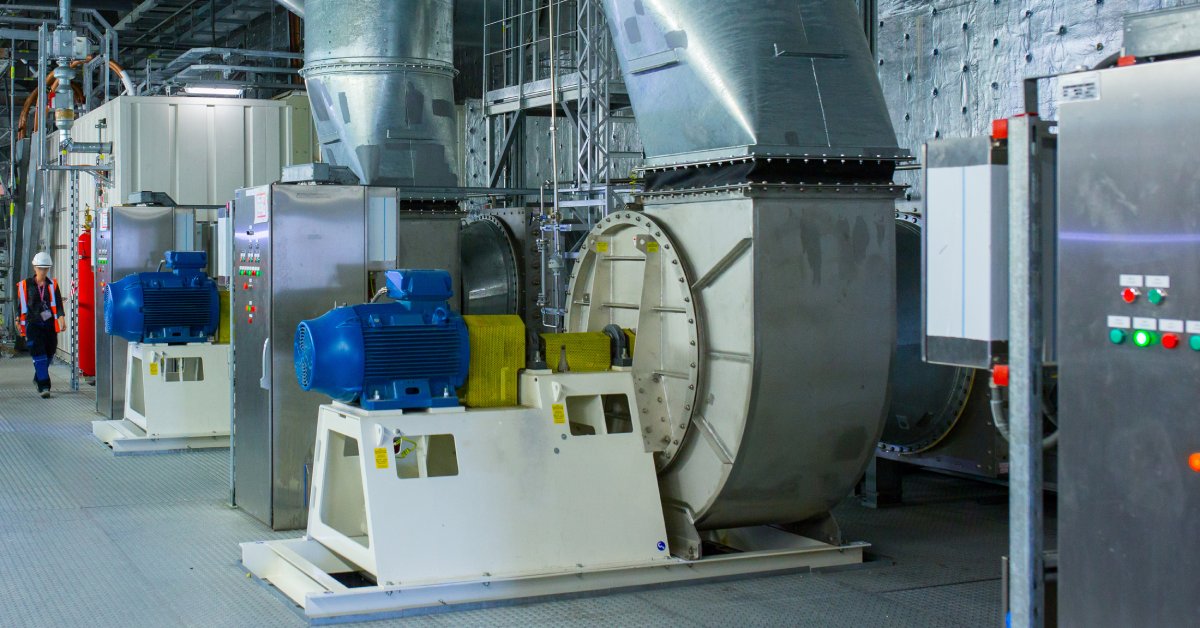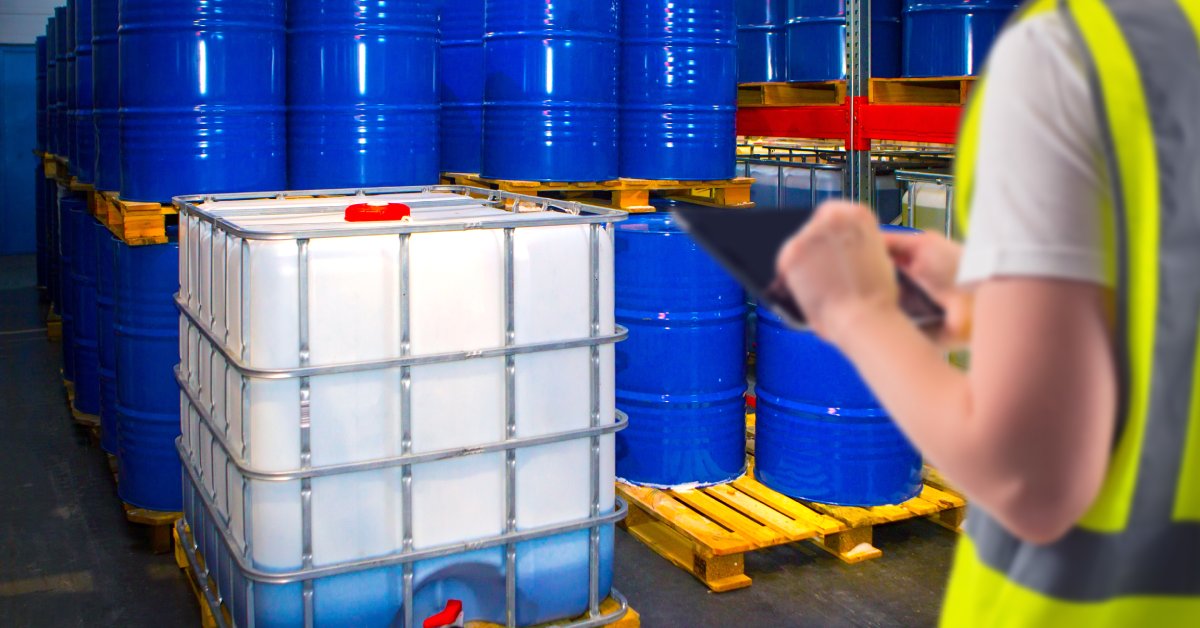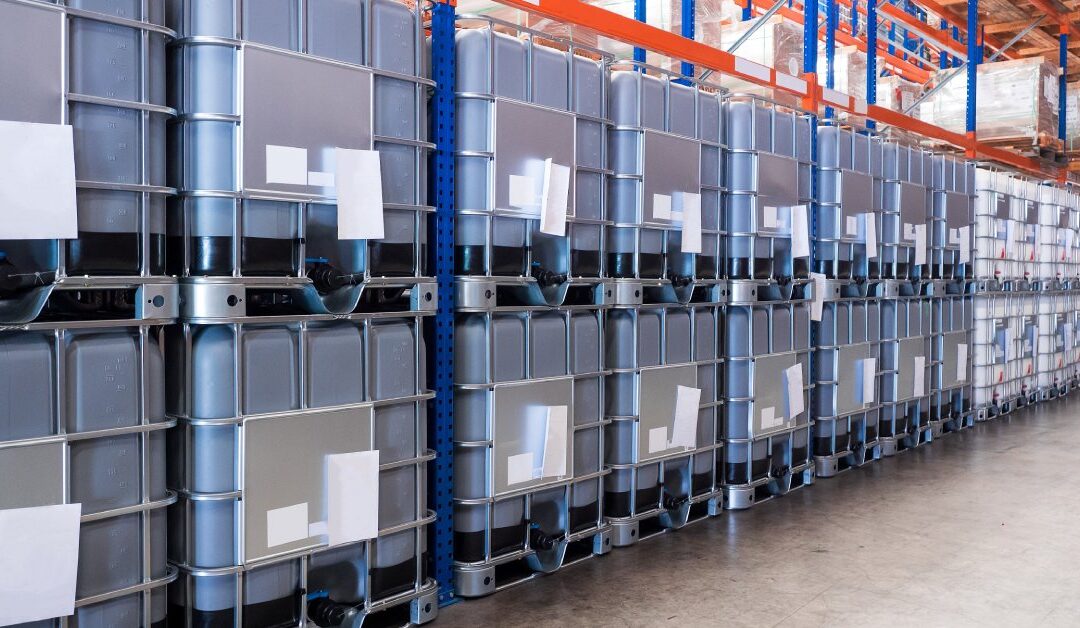Solvent warehousing plays a central role in keeping industrial and chemical operations compliant, safe, and functional. Poor storage practices lead to regulatory violations, costly spills, and dangerous working conditions.
Facilities must consider ventilation, container types, fire safety systems, and temperature control from the start. Every decision made during solvent storage planning affects safety, product integrity, and long-term cost.
Choosing the Right Storage Containers
Selecting appropriate containers for solvent storage involves more than just material selection—it requires a full understanding of solvent behavior under real-world conditions.
We at Solvent Waste Management, Inc. support solvent storage safety with specialized equipment and proven systems. Our 30-gallon solvent recycler allows facilities to manage waste and reclaim valuable material efficiently. Our approach combines regulatory knowledge with equipment that improves safety and lowers disposal costs.
Every solvent interacts differently with metals and plastics, and failure to consider compatibility results in container failure, contamination, or safety hazards. Long-term integrity, regulatory acceptance, and environmental resistance all factor into the selection process.
Material Compatibility and Performance
The container material must match the chemical properties of the solvent, especially in terms of corrosion resistance and permeability. Polyethylene and polypropylene resist many solvents, but they break down when exposed to ketones, chlorinated compounds, or aromatic hydrocarbons. Stainless steel holds up well against most flammable and corrosive solvents but fails in the presence of halogenated materials unless properly alloyed.
Aluminum reacts with acidic or basic solvents and often requires interior coatings. Meanwhile, glass may resist many chemicals but lacks durability in industrial storage environments and poses a high breakage risk. Compatibility charts provided by container manufacturers, chemical suppliers, or safety agencies offer the best reference point for choosing storage that maintains chemical integrity and prevents cross-contamination.
Container Types and Application
Drums, IBC totes, and safety cans each serve different storage roles depending on volume, accessibility, and frequency of use. Steel drums commonly hold flammable solvents in bulk and often include removable lids or tight-seal bungs to control vapor release. High-density polyethylene drums work well for aqueous-based solvents but must carry secondary containment when used indoors.
IBC totes provide large-volume storage with built-in valves for controlled dispensing, but they require elevated handling protocols due to weight and bulk. Safety cans, designed for daily or mobile use, typically feature spring-loaded caps, flame arresters, and self-closing nozzles.
Any guide to solvent warehousing must emphasize container durability and proper segregation. Drums, IBC totes, and safety cans should never share storage zones without clear separation by class or hazard rating. Storage design must include spill pallets and leak detection wherever large volumes are present.
Segregation and Spill Preparedness
Solvent containers must remain separated based on chemical class, reactivity, and flammability. Storing alcohol-based solvents near oxidizers or acid-reactive compounds introduces unnecessary fire risk and often violates NFPA and EPA guidelines. Racking systems should physically separate incompatible containers using barriers or distance spacing defined by chemical safety codes.
Each storage zone must include spill containment trays or pallets capable of holding at least 110 percent of the largest single container’s volume. Leak detection systems, such as chemical sensors or floor sump alarms, prevent unnoticed seepage in high-traffic areas. Together, segregation and spill prevention reduce exposure risk and protect both workers and facilities from avoidable chemical incidents.
Ventilation and Fire Safety Systems

Solvent vapors accumulate quickly in enclosed spaces without mechanical ventilation systems. Fans, fume hoods, or exhaust ducts must direct vapors away from ignition points and outside the facility. This is because natural ventilation fails to manage vapor loads in high-volume warehouses or during active transfer.
Explosion-proof lighting, grounded equipment, and spark-resistant tools reduce ignition risks around volatile compounds. In addition, fire suppression systems must match the type of solvents stored, including foam, dry chemical, or sprinkler-based designs. Relying on standard water systems creates more danger when incompatible with certain solvents.
Proper grounding prevents static buildup during solvent transfer from drums to process containers. Bonding wires and ground rods must connect equipment, tanks, and containers to a common point. Vapor-rich environments demand every fire mitigation feature operate flawlessly and must receive regular inspection.
Temperature Control and Climate Stability
Temperature directly affects solvent vapor pressure, expansion, and stability. Flammable solvents become more dangerous when stored in high-heat environments that accelerate off-gassing. Warehouses located in regions with seasonal temperature swings need climate systems that stabilize interior conditions year-round.
Heating systems must remain isolated from flammable storage zones to prevent ignition during system failures. Chilled storage may be required for solvents with low flash points or high volatility. Refrigeration units must include spark-free components and receive frequent maintenance checks.
Sudden condensation on drum surfaces introduces water into the container through faulty seals. Contaminated solvents degrade quickly, lose performance, or damage downstream equipment. Monitoring temperature and humidity protects product quality and minimizes safety hazards.
Regulatory Compliance and Recordkeeping

Regulatory agencies require clear procedures for storing, labeling, and handling solvents. OSHA mandates ventilation and fire safety features, while the EPA and local fire codes define thresholds for container volume and emergency response planning. Companies must stay current with national and regional updates that impact solvent classification or flammable material limits.
Inventory logs must include product names, CAS numbers, quantities, and storage locations. Many facilities use barcode systems or digital dashboards to track movement, expiration dates, and regulatory status. Accurate records reduce audit risk and make emergency response more effective.
No guide to solvent warehousing can ignore documentation, as compliance depends on proof of proper procedures. Inspectors focus on paperwork during reviews, and missing records often carry higher penalties than minor physical infractions. Recordkeeping supports operational transparency, regulatory alignment, and legal protection.
Prevention and Emergency Response
Solvent warehouses must include containment zones designed to hold accidental leaks or ruptures. Spill pallets, sump tanks, and diking systems prevent liquid migration into drains or work areas. Containment materials must resist the solvents stored and be rated for maximum potential volume.
Emergency response plans must appear in writing, be posted visibly, and be regularly practiced. Additionally, employees should receive task-specific training to avoid confusion during time-sensitive events. Many facilities assign response roles and conduct mock drills to assess readiness.
Inventory Rotation and Waste Minimization
First-in, first-out (FIFO) storage reduces the chance of material aging past safe usability. Solvents lose stability over time, and expired material often requires costly disposal as hazardous waste. Rotation also simplifies audits and streamlines product traceability.
Facilities reduce waste through solvent blending, partial drum consolidation, or onsite reprocessing. Many operations reclaim solvent through distillation, then reuse it in noncritical cleaning or degreasing tasks. Recycling solvents avoids over-purchasing and limits storage burden.
Digital tools help track solvent age, usage frequency, and performance data. Automated systems send alerts when products near expiration, allowing teams to act early. Waste reduction efforts improve safety and align with sustainability goals.
Solvent warehousing demands discipline, technical knowledge, and a proactive safety mindset. Facilities that invest in proper storage design and equipment reduce their risk exposure and regulatory burden. Contact Solvent Waste Management, Inc. to explore storage and recycling solutions tailored to your solvent-handling needs.

